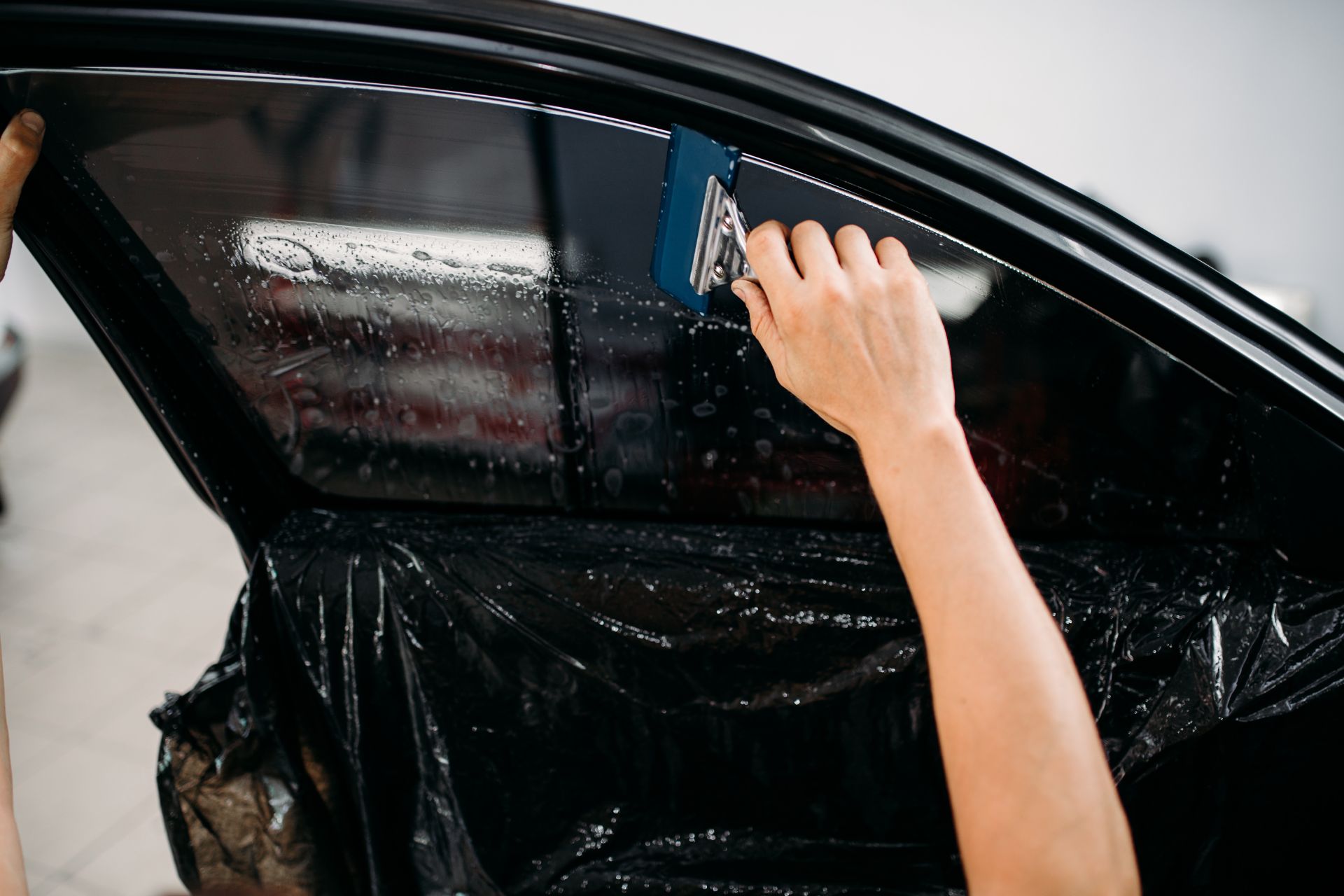Best Window Tinting Service in Austin, TX
Welcome to Taurus Auto Detailing, your trusted destination for top-quality window tinting services in Austin, TX. With years of expertise, cutting-edge technology, and a dedication to customer satisfaction, we stand out as the expert provider of window tinting solutions designed to meet your needs and exceed your expectations. Experience the difference with Taurus Auto Detailing, where your vehicle’s comfort and protection are our top priority.
Our Window Tinting Process
At Taurus Auto Detailing, our window tinting process is a blend of precision, quality, and attention to detail. We begin with a comprehensive consultation to understand your needs and preferences. Whether you’re looking to enhance privacy, reduce heat, or protect your vehicle’s interior from harmful UV rays, we have the perfect tinting solution for you.
Our skilled technicians meticulously prepare your vehicle’s windows by thoroughly cleaning them to ensure a flawless application. We then measure and cut the window film to exact specifications, ensuring a perfect fit for each window. The film is applied with precision and care, avoiding bubbles and wrinkles to achieve a seamless finish. We only use high-quality films available, which are durable, scratch-resistant, and backed by a warranty that guarantees they will not peel, bubble, or fade over time.
Austin, TX’s Window Tint Law

Our Window Tinting Packages
Why We’re The Top Window Tint Installer in Austin, TX
Taurus Auto Detailing is renowned for delivering superior window tinting services that set us apart from the rest. Our commitment to using only the best materials and our detailed application process ensures that every customer is satisfied. We understand the local climate challenges and aesthetic preferences in Austin, which enables us to provide tailored solutions that are both effective and stylish.
Moreover, our team stays updated with the latest tinting technologies and techniques, ensuring that we offer the most advanced solutions available. This commitment to quality and innovation is why we are recognized as the top window tint installer in Austin, TX.
Window Tinting - Everything You Need To Know
Window tinting offers numerous benefits beyond its aesthetic appeal. It provides significant protection by blocking up to 99% of harmful UV rays that can cause skin cancer and accelerate the fading and wear of your vehicle’s interior. Additionally, window tinting helps reduce glare, making driving safer and more comfortable. It also improves the efficiency of your car’s air conditioning by keeping the interior cooler, which can help save on fuel and maintenance costs over time.
The choice of tint should reflect your lifestyle and needs. At Taurus Auto Detailing, we offer a variety of shades and materials, from metallic films that provide superior heat rejection to ceramic tints that offer enhanced clarity. Our experts can guide you through the options to find the perfect match for your vehicle.
For those in Austin, TX, Taurus Auto Detailing is your go-to source for professional and legal window tinting services. Trust us to enhance your driving experience while ensuring your vehicle looks great and is protected from the Texas sun. Visit us today to find out why we are the best choice for window tinting in Austin. We also offer car detail Austin. Visit us today to learn more about us and how we can make your vehicle protected and shine!

